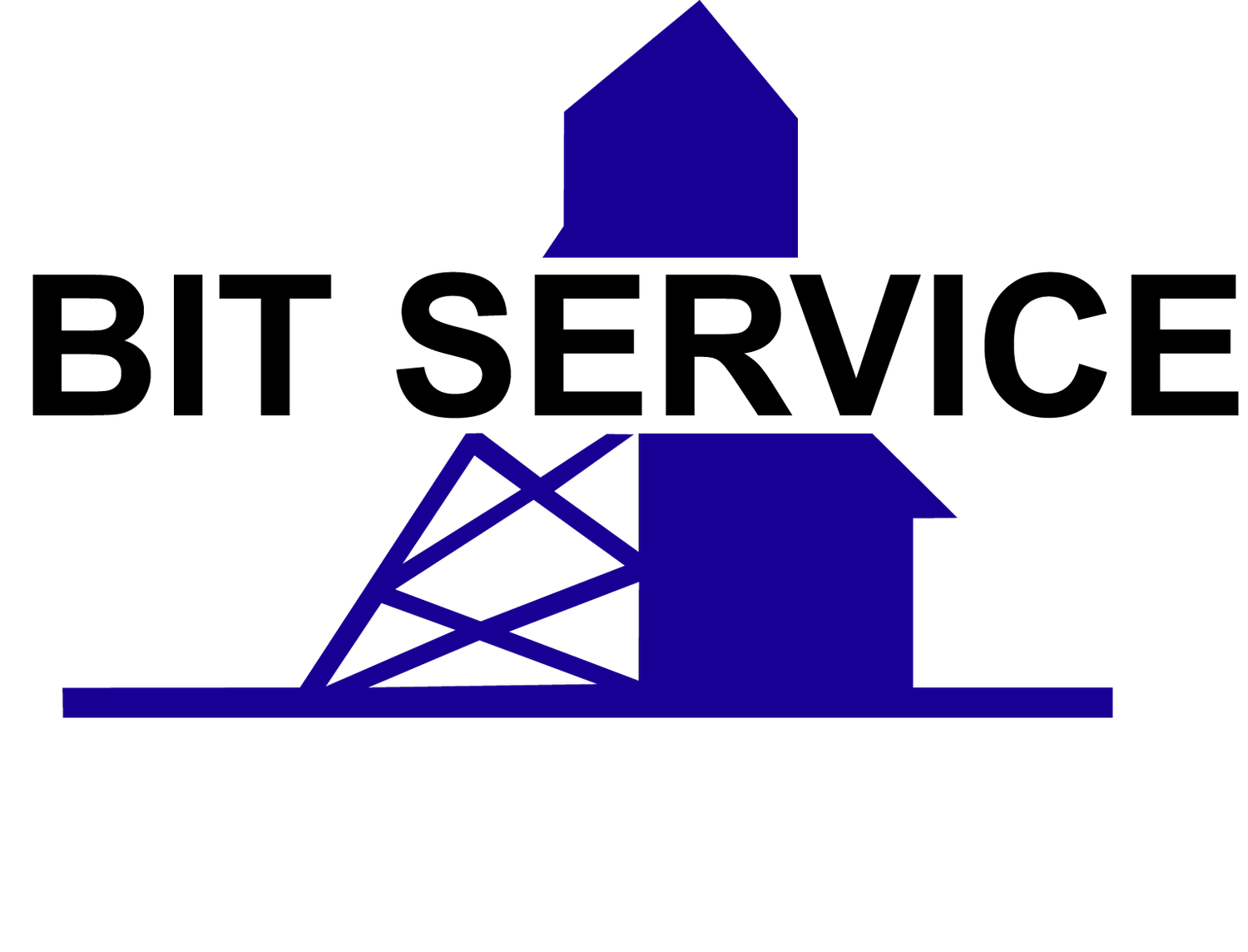FIVE DAILY USES FOR POTASH
By: Evan Lucyk
Canada is home to the world’s largest potash reserves, with roughly 1.0 billion tonnes of potash in the country. Canada is the largest producer and exporter of potash—a group of minerals and chemicals containing potassium. As a nutrient required for plant growth, potassium is often added to fertilizers after being mined in the form of potash. Approximately 95% of potash mined is used to support plant growth. However, while potash is primarily used to make fertilizer, it has many other additional uses.
CANADA’S POTASH INDUSTRY AND GLOBAL DEMAND
The popularity of potash in 2022 is on the rise, with no signs of slowing down, and this is causing the Canadian mines—where the vast majority of potash is mined—to scramble and work full tilt to keep up with demand. Bloomberg reported that global demand for potash could grow by as much as 3% a year over the next decade.
This craze for an increased supply of potash makes perfect sense, as potash is an integral mineral used in so many things consumers rely upon daily. However, the struggle to keep the supply on par with the demand has only been made more difficult lately due to the difficulties presented by the global pandemic, such as COVID-related labour shortages of skilled workers (truck drivers among the highest pain point) and difficulty in getting the necessary equipment to keep things cranking.
So, other than a critical crop nutrient, what exactly does potash make possible for our everyday use, you may be wondering? We have listed five things potash is commonly used for in our lives:
DETERGENTS: USING POTASH TO KEEP THINGS CLEAN
Potash is used in the form of potassium carbonate as a builder in liquid detergents. In potassium carbonate form, this white salt is soluble in water and dissolves well in low temperatures. This is especially important in laundry detergents so that items can be washed at different temperatures. It also helps keep clothes soft as potassium carbonate is considered a softening agent.
CERAMICS: USING POTASH IN POTTERY
Potash has many applications in the creation of ceramics. Feldspars, naturally occurring minerals used in clay bodies and glazes, are typically classified as either potash or soda (sodium). Because potash has the lowest surface tension of all minerals used in ceramics, it is a choice option for ceramic glazes. Having a low surface tension means the glaze can freely flow over the clay form and coat it with ease. Out of all ceramic melter oxides, potash and soda have the highest thermal expansion and contraction rate. These minerals also produce specific colour results, enhancing colour brilliance and luster.
PHARMACEUTICALS: USING POTASH FOR PEOPLE’S HEALTH
Pharmaceutical-grade potassium chloride is a popular chemical used in pharmaceuticals globally. As one of the main ingredients in intravenous infusions, potassium chloride helps correct and maintain the electrolytes balance in the human body. Additionally, refined potassium chloride can be used to purify insulin.
WATER CONDITIONERS: USING POTASH FOR WATER WELLNESS
Water conditioners, or water softeners, remove minerals such as calcium and magnesium ions from hard water. When potash is used in this process, these minerals are replaced with potassium. The level of potassium in the water after going through the softening process varies depending on the water’s hardness.
ALTERNATIVES TO DE-ICING SALT: USING POTASH FOR MELTING SNOW AND ICE
Potassium is a great alternative to de-icing salts as it changes the freezing point of water to melt ice and snow and prevents re-freezing. Using a potassium-based option is also less aggressive on soils and is a far less corrosive option than typical de-icing salts on the market. As a more environmentally sensitive option, potassium-based ice melters are a choice option for many people.
FUN POTASH FACTS
Did You Know?
1. Potash is primarily used in fertilizers, as it helps support plant growth, increases crop yield and disease resistance, and even enhances water preservation.
2. Potash has an in-TREE-guing history.
In the early days, the primary source of potash was the ash from native hardwood trees. The basic chemical compound potassium carbonate was extracted by leaching the ashes in big iron pots to dissolve the soluble components. Then, the solution was evaporated via percolation, et voila! Potash! Back then, potash was used mainly for making fertilizer, glass, soap, and gunpowder, as well as for dyeing fabrics.
3. The Majority of Potash Is Mined in Canada.
Saskatchewan accounts for roughly 30% the world’s production of potash!
Potash is a mineral with vast uses. At Bit Service, we are proud to be a Canadian company that partners with the thoughtful explorers of potash mines in the country. In 2018, Canada produced a record 22.7 million tonnes of potash compared to 20.3 million tonnes in 2017.
Hopefully, you learned some new uses for one of Canada's minerals with the highest production and exportation rates. If you work in potash mining, reach out to BitService for any inquiries about how we can work together to offer you the best technology for your mining needs.
And speaking of Canada’s minerals, our article on gypsum details its importance as an industrial mineral and product, as well as its many uses in products we rely on in our daily lives—many of which may surprise you.
Note: This article was originally published on January 25, 2021, but has been updated in 2022 with new industry news.
